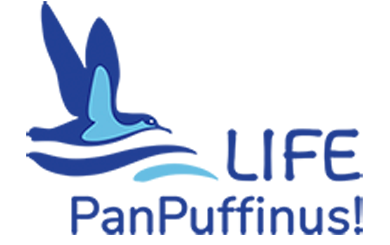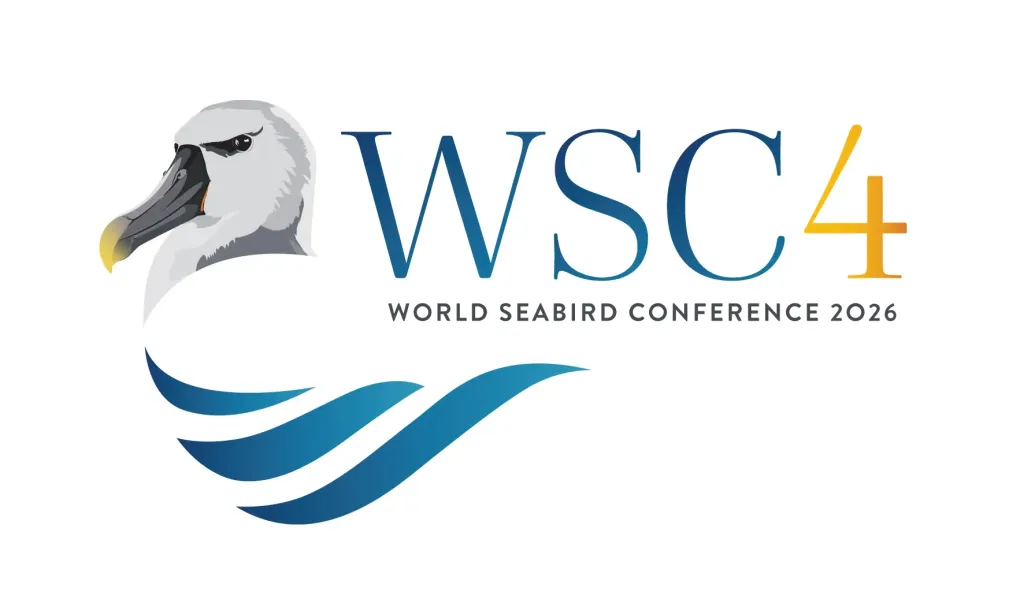
The Fourth World Seabird Conference (WSC4) will be held as a hybrid event in Hobart, Tasmania, Australia over 07-11 September 2026 with the overall theme “Wings of Adaptation: Seabirds in a Changing Climate”.
During the conference Richard Phillips (British Antarctic Survey, UK) and Johannes Fischer (Department of Conservation, Aotearoa New Zealand) will co-convene a symposium entitled Bridging the implementation gap between seabird and seabird-bycatch mitigation research and fisheries management.
The description for Symposium S05 follows:
“Bycatch in commercial fisheries is a major driver of seabird declines globally, particularly for albatrosses and petrels. A substantial body of evidence is available highlighting seabird declines due to fisheries, underlying drivers and threats, and the effectiveness of bycatch mitigation, but this is rarely able to be resolved in a coordinated manner. Despite the compelling conservation rationale, seabird-bycatch mitigation requirements around the world, particularly in Regional Fisheries Management Organisations, are yet to fully adopt the standards set out in the best-practice advice developed by the Agreement on the Conservation of Albatrosses and Petrels (ACAP). In addition, the burden of evidence imposed by fisheries managers before they are prepared to improve seabird-bycatch regulations appears be increasing. To address the challenge of improving the conservation status of seabirds, especially for albatrosses and petrels, researchers need to better target their studies and outputs to drive real-world policy applications. By 1) showcasing the weight of the current evidence, and 2) highlighting future research opportunities, this symposium seeks to achieve further coherence within the community and bridge the gap between research and fisheries management for seabird conservation.”
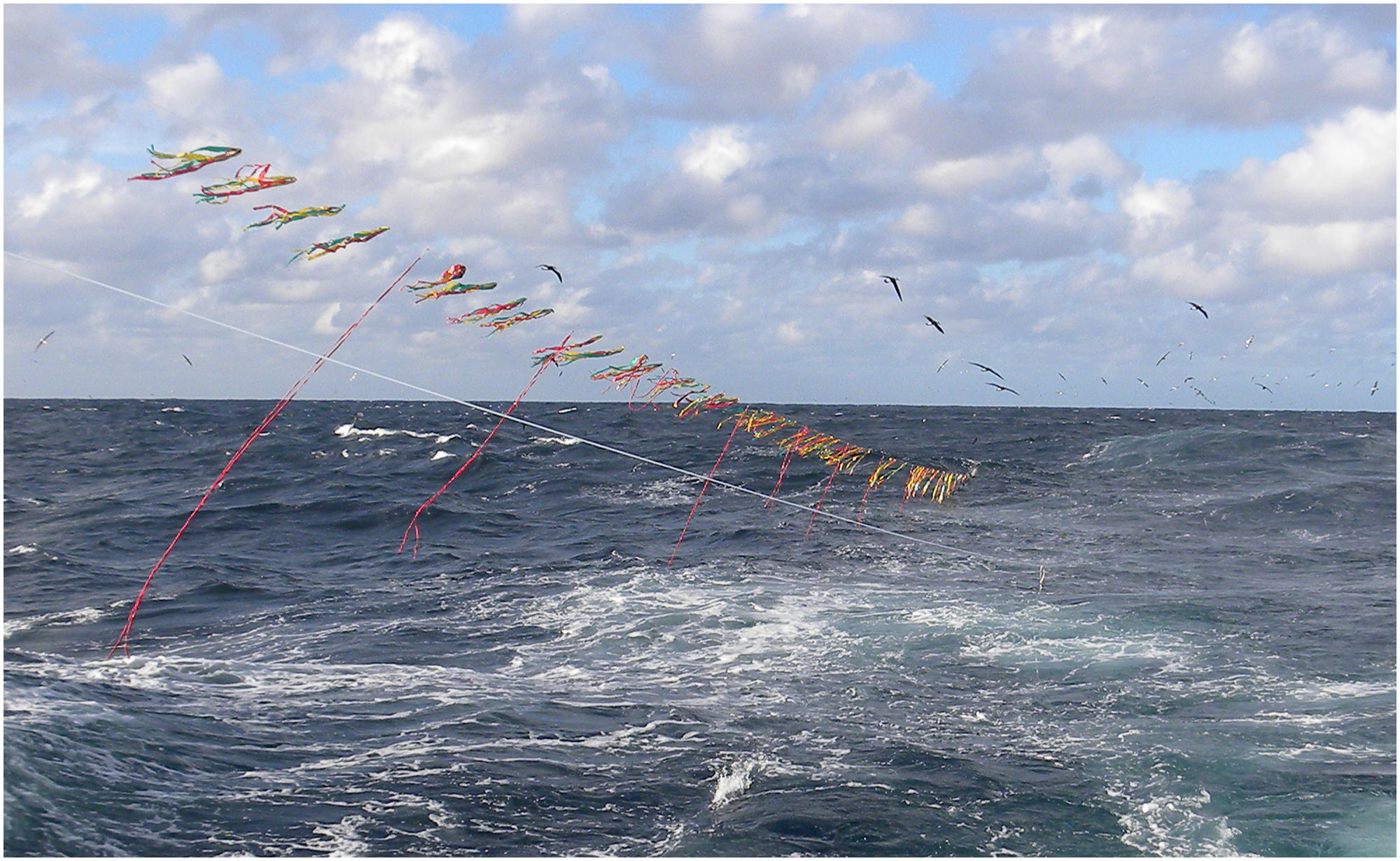 A bird scaring line in action, photograph by Domingo Jimenez
A bird scaring line in action, photograph by Domingo Jimenez
Other symposia and workshops of interest to ACAP include:
Symposium S02: Seabird tracking data and novel tools to guide marine conservation areas in the High Seas
Conveners: Stephanie Borrelle (BirdLife International), Tammy Davies, (BirdLife International), Lindsay Young (National Geographic Pristine Seas)
Symposium S03-04: Monitoring and management of High Pathogenicity Avian Influenza and other infectious diseases in seabirds
Conveners: Patricia Serafini (Universidade Federal de Santa Catarina, Brazil), Amandine Gamble (Cornell University, USA), Jana Jeglinski (Aarhus University, Denmark), Jude Lane (Royal Society for the Protection of Birds, UK)
Symposium S07: Antarctic seabirds in a rapidly changing climate
Conveners: Yuna Kim (BirdLife Australia), Julie McInnes (Australian Antarctic Division)
Symposium S14: Global perspectives on seabird restoration
Conveners: Nick Holmes, Alex Wegmann, Juliet Lamb (The Nature Conservancy, USA); Chris Gaskin, Edin Whitehead (The Seabird Trust, Aotearoa NZ); Stephanie Borrelle, Steve Cranwell (BirdLife International)
Workshop W03: Reducing seabird mortality from fisheries: case studies of the BirdLife partnership from Europe, South America and Southern Africa and how to merge forces globally to progress further
Conveners: Antonio Vulcano (BirdLife International, UK), Yann Rouxel (Royal Society for the Protection of Birds, UK)
Read the descriptions for these and the other symposia and workshops here.
WSC4 is now open for early bird registration (until 01 January 2026) and the submission of abstracts (closes 19 January 2026).
John Cooper, Emeritus Information Officer, Agreement on the Conservation of Albatrosses and Petrels, 07 November 2025
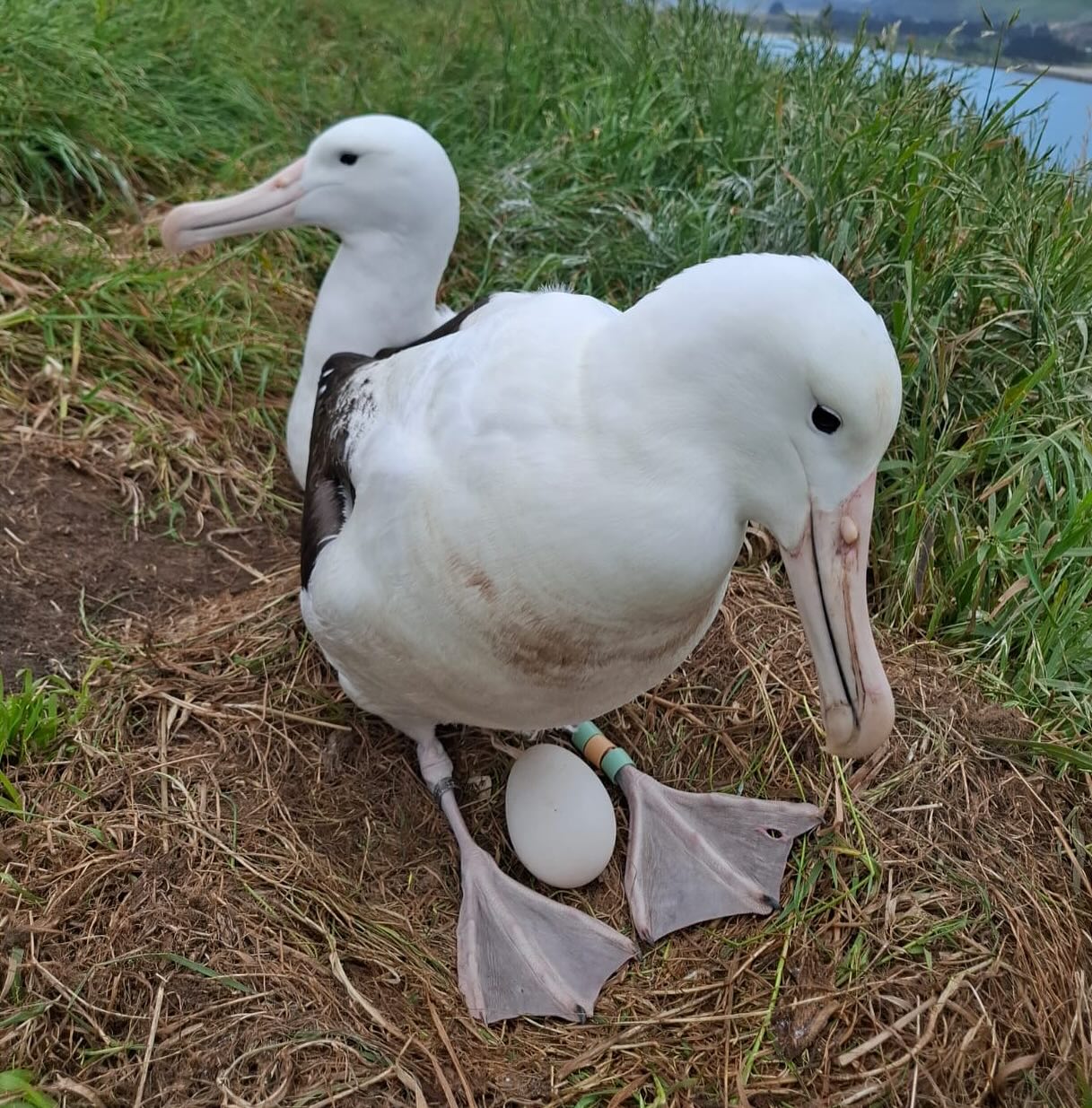 Female LYL (Lime-Yellow-Lime) exposes her egg for the photographer, her new partner is behind, photograph from the Royal Albatross Centre
Female LYL (Lime-Yellow-Lime) exposes her egg for the photographer, her new partner is behind, photograph from the Royal Albatross Centre
 English
English  Français
Français  Español
Español 
 A bird scaring line in action, photograph by Domingo Jimenez
A bird scaring line in action, photograph by Domingo Jimenez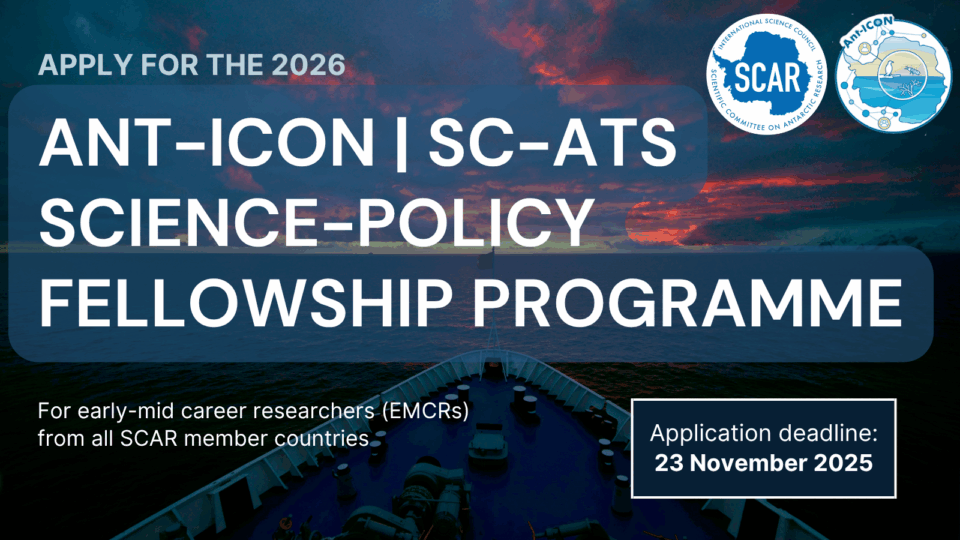
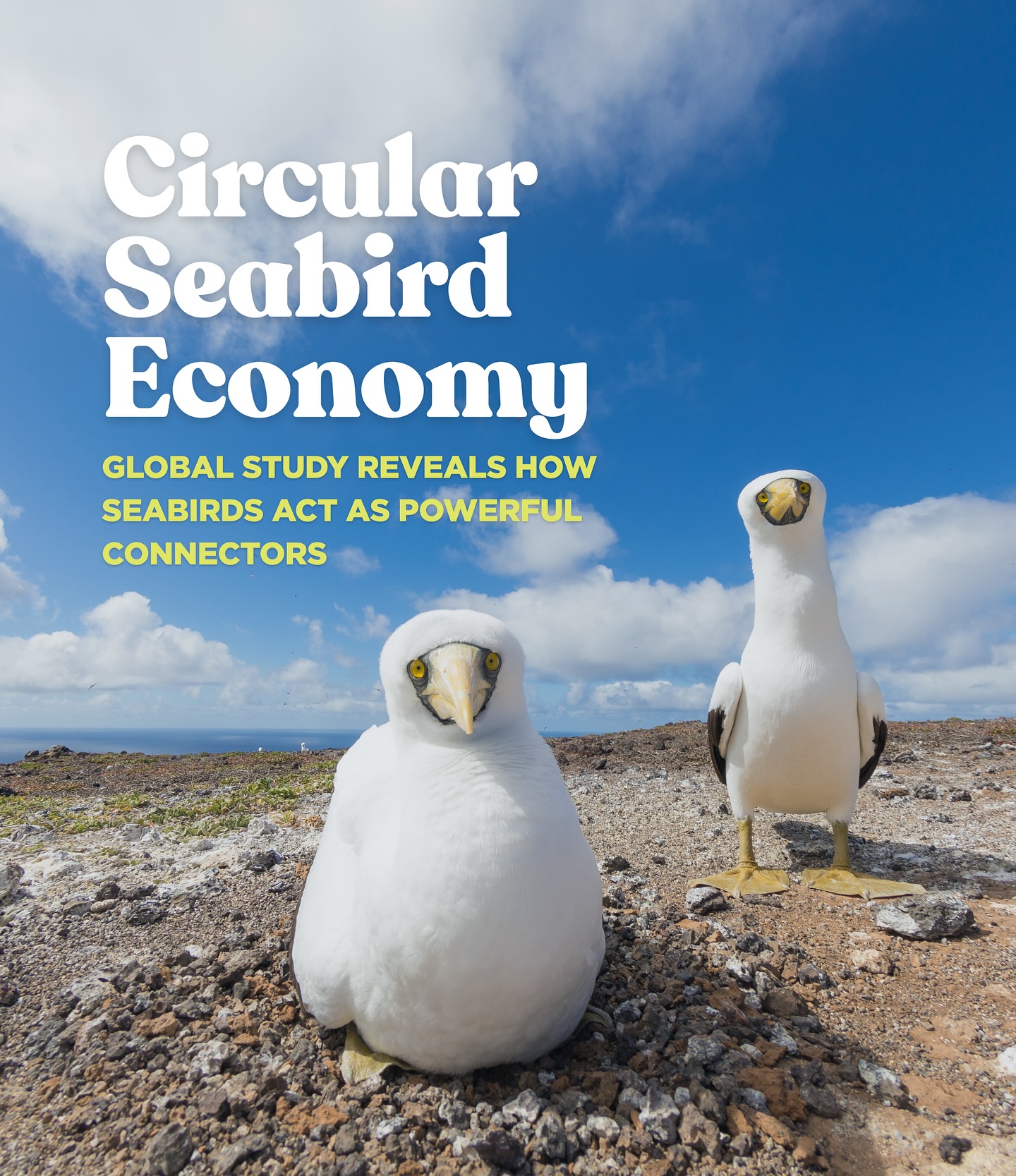 “Here’s looking at you”. Masked Boobies, photograph from
“Here’s looking at you”. Masked Boobies, photograph from 